It’s a fascinating topic, largely because SaaS comes with some specifics that make it very different. That means the benefits are also at least somewhat different, as are the various solutions that this kind of software approach provides. What follows is a discussion about SaaS and the benefits and solutions it provides for and lease management and accounting software. There’s a lot to dig into, so we’ll start with some of the basics of SaaS, then close with five specific advantages you can get when you go with a SaaS solution.
-
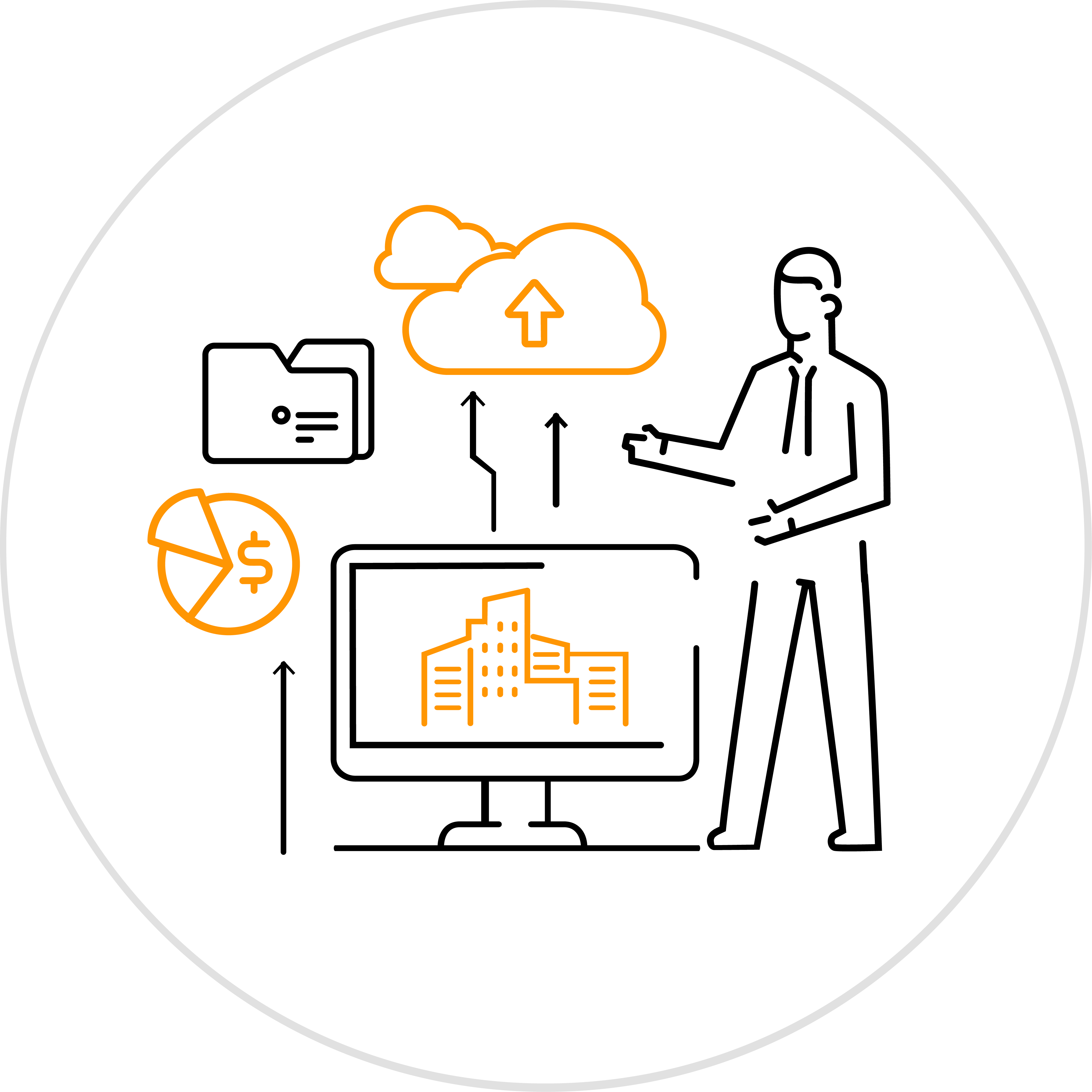
SaaS Basics and Benefits
One of the biggest differences between SaaS and most other software approaches is that it’s a distinct form of cloud computing. SaaS makes data and information accessible from any device connected to the internet, which makes it ideal for many leasing applications and customers.
Moreover, SaaS users have direct access to the software. It’s typically used and paid for on a subscription basis, and it’s priced on a per user basis, which makes very scalable for many leasing applications.
Also, the cloud capability allows effective server management from a centralized location, which is also perfect for many leasing applications. -
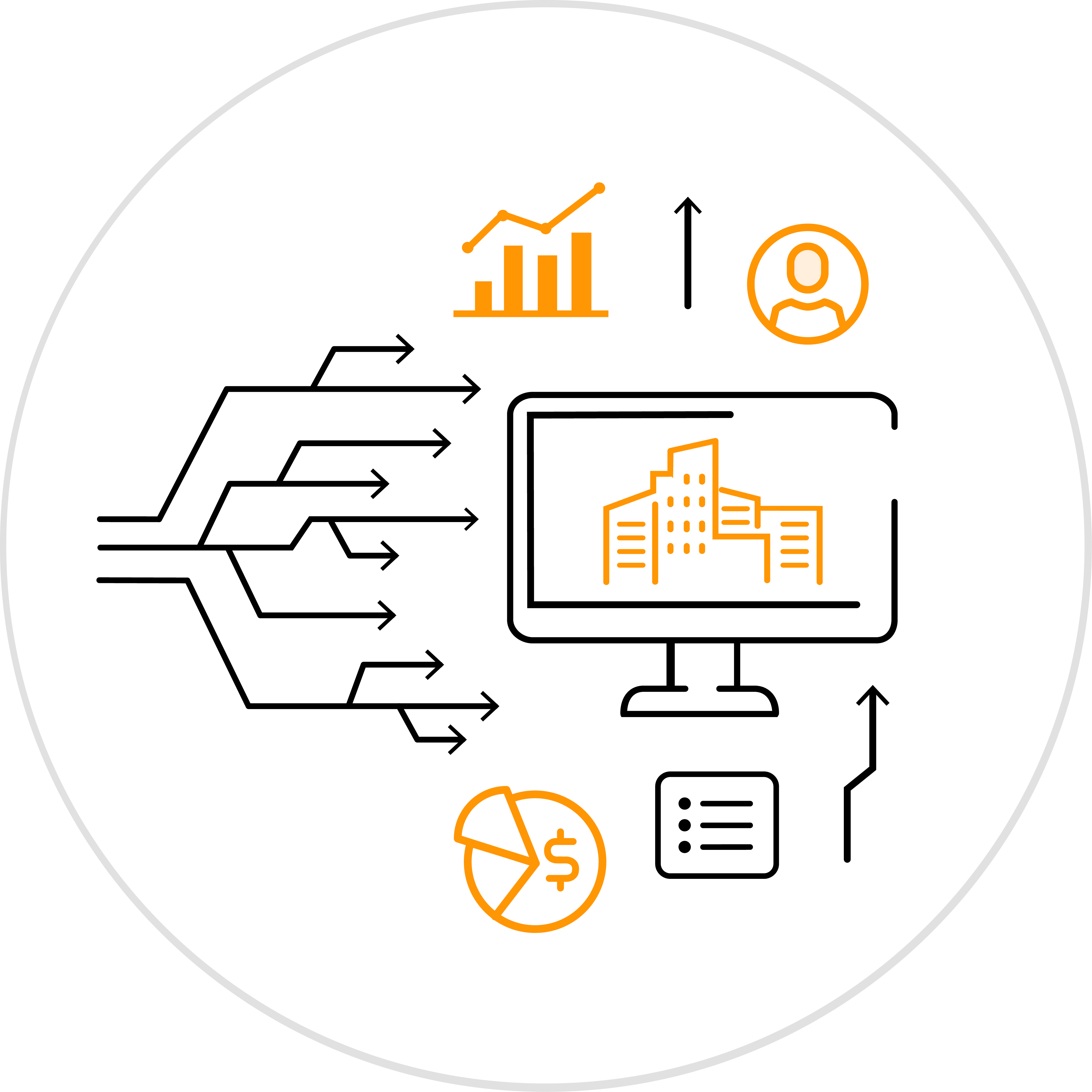
Advantages for Leasing
There are additional advantages for both leasing companies and their users if they decide to shift over to SaaS. When it comes to their software, most lease management companies aren’t locked into any business contract license, so it’s easy to shift from one solution to another if something fails.
By embracing a cloud-based software approach, lease management consultants can provide powerful software solutions to their clients that support the effective management of complicated portfolios and contracts.
This kind of software also gives tremendous freedom to clients. They can access lease files and documents anywhere or any time, and the cloud capability is especially ideal for mobile applications. And they can do all of this without having to purchase conventional licensing software.
The scalability potential is tremendous as well. Both lease managers and clients can add as many users as they want to this kind of software, and rapid updates simplified because of the cloud capability.
It’s easy to see why so many companies are looking to SaaS to handle and optimize their leasing packages, given that many of the potential solutions seem tailor-made for both the industry as a whole and user clients. Now let’s nail it down to five specific advantages and explain how they work and what they can do for you. -
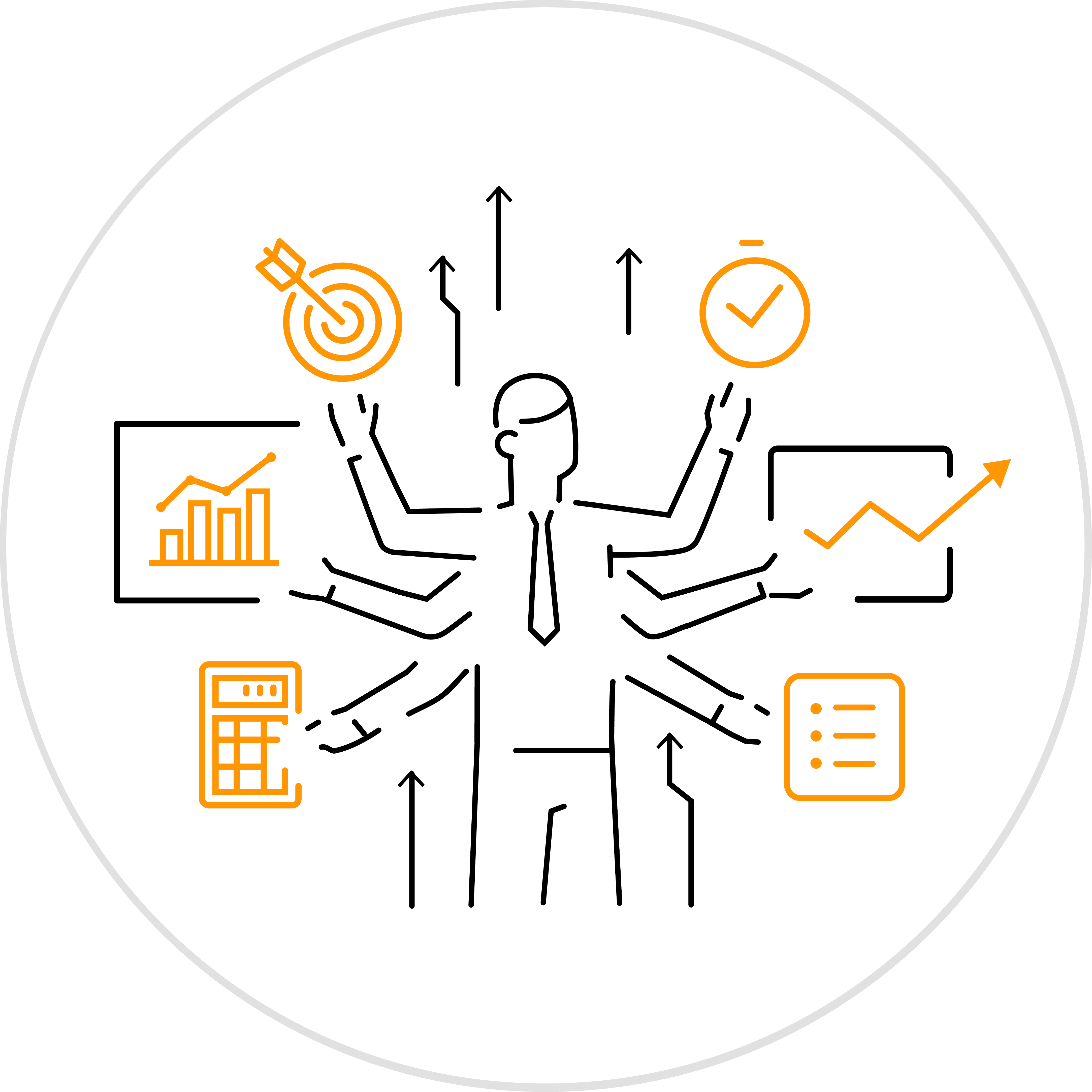
The Time Factor
One of the major issues with lease management in general is that it can become a huge time sink. Manual updates take forever, and they’re also responsible for many inadvertent errors that can cause chaos when it comes managing a lease portfolio.
Once again, a SaaS solution seems tailor-made for this kind of situation. It helps reduce both setup and training time, and the fact that it’s automated means that errors from manual data entry can be minimized or eliminated completely.
SaaS software also allows clients to remain fully operational while they’re getting up to speed on SaaS applications for lease management. Because it’s in the cloud, installation time is reduced, and clients also have easy access to stored data along with the ability to organize important data.
Searches and filtration options can also be improved with SaaS. The idea is to make them more instinctive for users, which means they’ll be more accurate when it comes to finding the right data. The entire search process is streamlined and improved, which leads to additional time saving. -
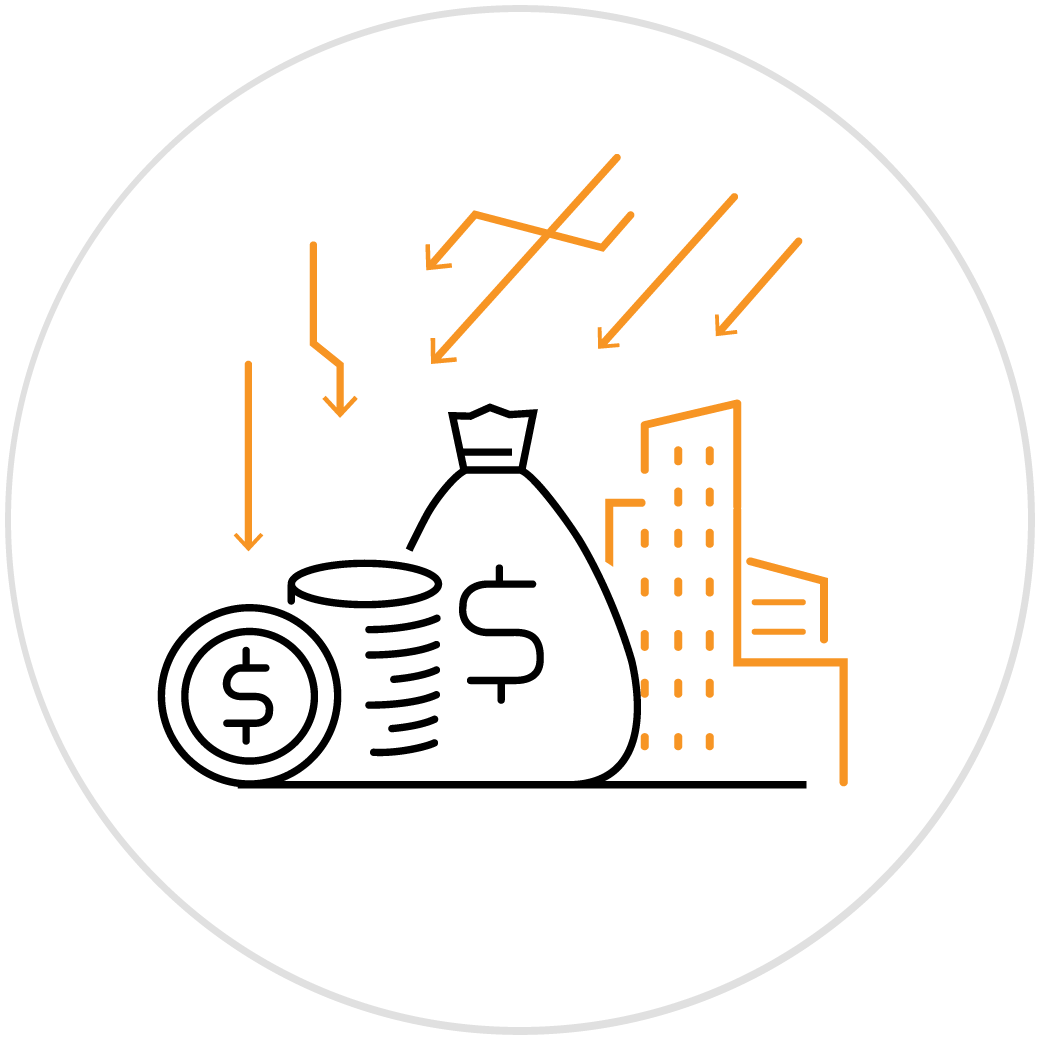
The Money Equation
Regardless of the industry, clients, companies, and developers all rave about the cost savings that come with SaaS.
It makes it easier to hit sales goals, and the cloud capability makes it scalable without adding huge costs of maintenance and operating costs. The lack of a licensing fee also lowers costs, and the training requirements are lowered and simplified as well. -

The Enhancement Advantage
One of the biggest advantages of SaaS is the flexibility of this kind of software when it comes to improvements.
Once again, the cloud capability is key here—because developers and clients have constant access to the software, improvements are always coming online, whether it’s coding techniques and strategies, different storage approaches, and so on.
This improves scalability, and software solutions can be accurately tailored to meet customer requirements. It’s an obvious win-win for both companies and clients, neither of whom ever gets stuck with an older technology. -

Data Security
While there were some initial concerns about data security with SaaS, the opposite has turned out to be true.
Secured data and protected technology mediums are constantly monitored and maintained, and backups are conducted on a regular basis in a secured environment to make sure that no critical information is lost.
This is a huge advantage for both lease management companies and their clients. Security is a major issue in the industry, and the fact that constant backups are performed minimizes the chance of lost data and the problem that can cause. -
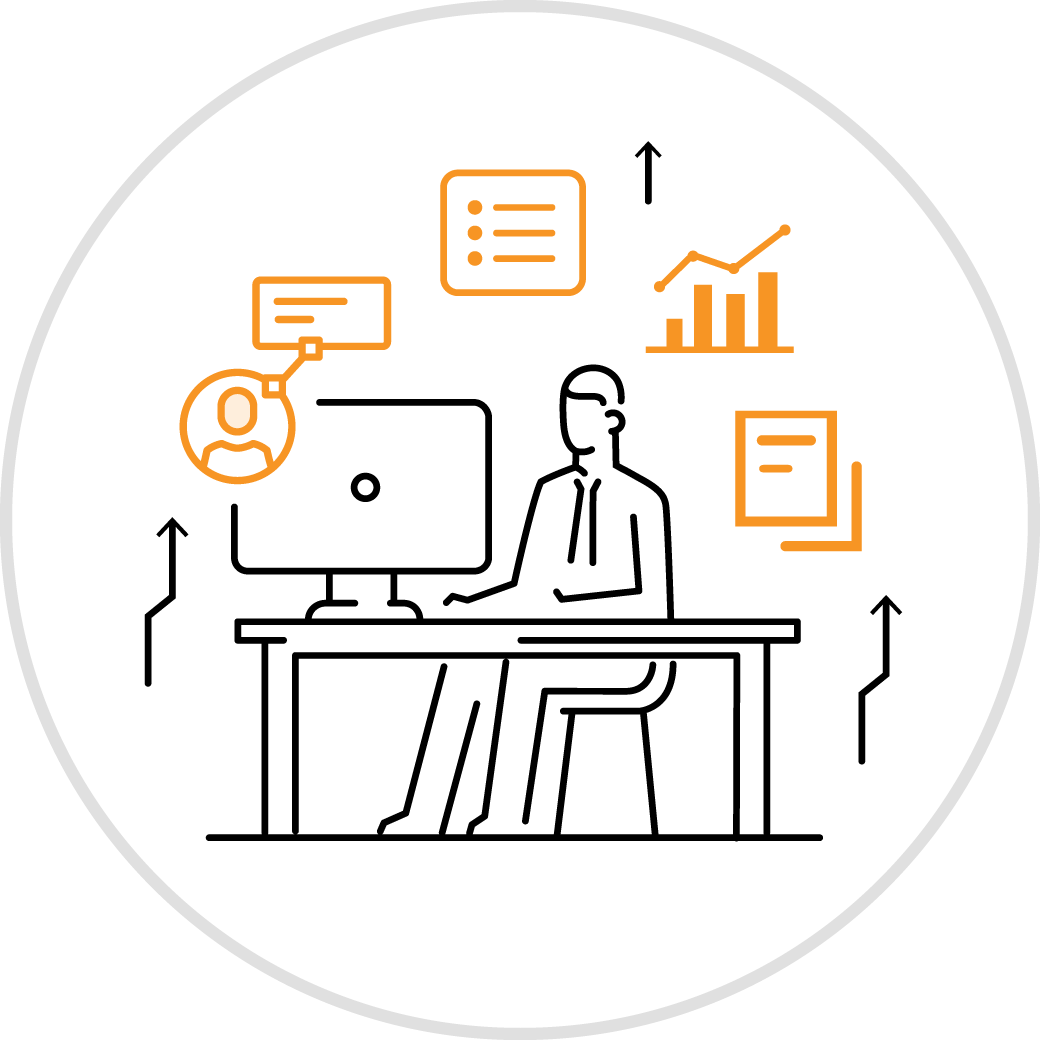
The Productivity Factor
Increased productivity is another reason SaaS has become popular in so many industries. It allows managers, executives, and business owners to concentrate on the core elements of their business, without having to worry about supporting and learning the platform they’re using.
This also improves internal procedure and decisions system, and that, too, affects overall productivity. Once again, it’s another case where SaaS is ideally suited to the issues of the lease management software and the clients that buy and use it. -

How to Get on Board with a SaaS Solution
If you’re considering SaaS for your lease management software or you already know you want it, you need to contact us to get the details.
Call us at 1-888-351-4606 to talk to one of our experts about it, and you can also find some great information about SaaS on our website.
There are many great advantages just waiting for you once you enter the world of SaaS, so take the next step and find out what’s possible for you and your business.
